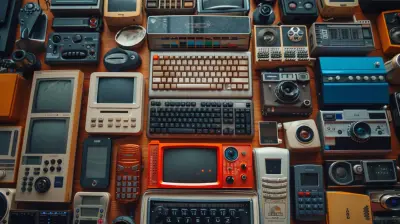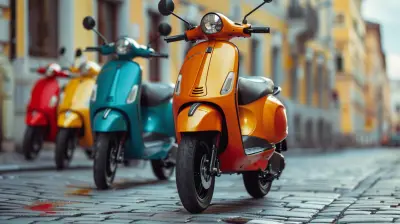The Evolution of Internet of Things in Agriculture
24 August 2025
Agriculture has always been the backbone of civilization. From the moment we stopped hunting and gathering and started planting seeds in the soil, we’ve been working hard to improve how we grow food. But now, farming is stepping into a new era — a digital one, thanks to the Internet of Things (IoT).
Whether you're a tech geek, a curious farmer, or just someone who enjoys a plate of fresh salad, you'll find it fascinating how tech and soil are teaming up. Let's dig into the evolution of IoT in agriculture and how it's changing the game — one sensor at a time.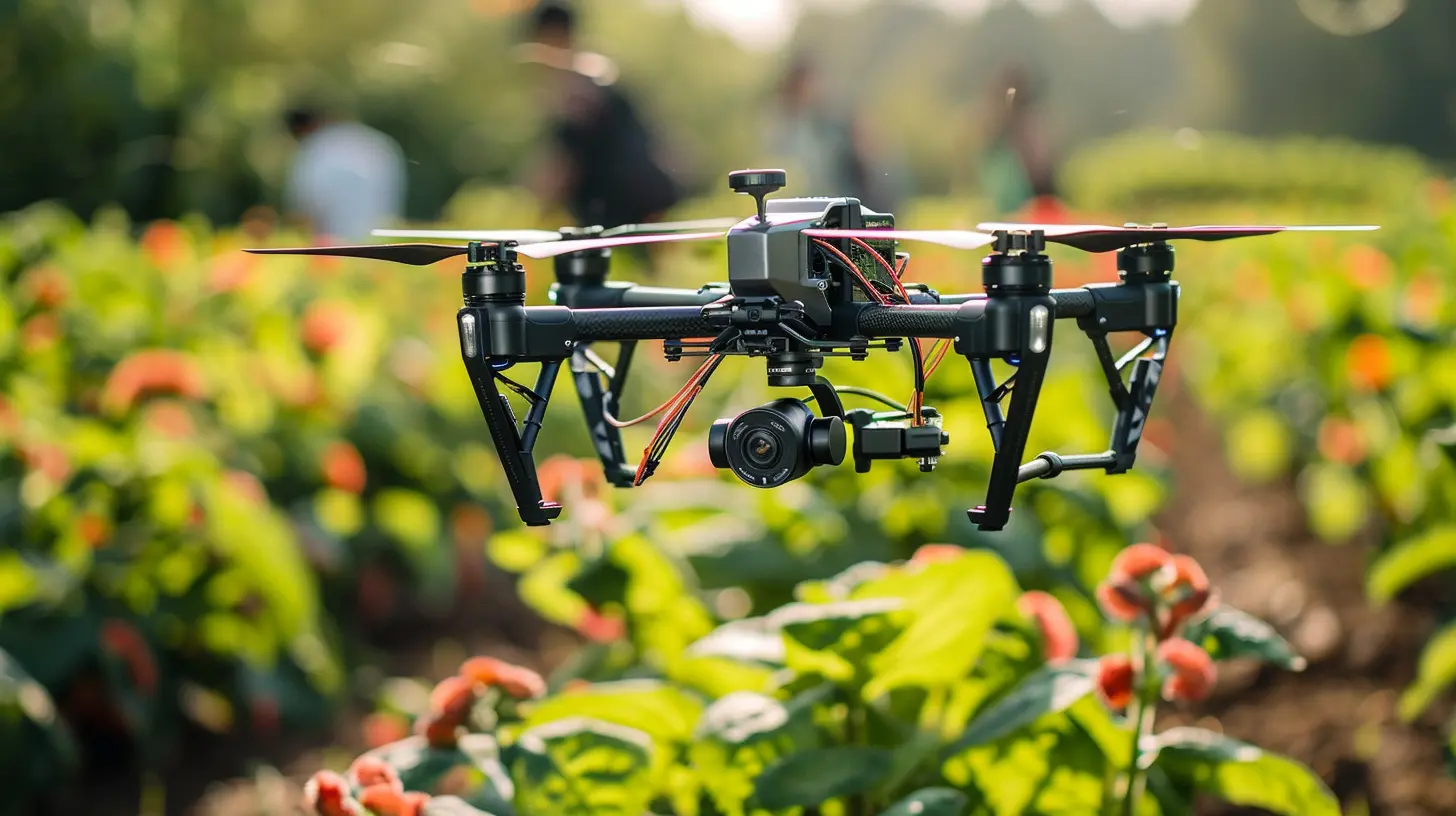
What Exactly is the Internet of Things (IoT)?
Before we roll into the farm, let's make sure we're all on the same page.Imagine your refrigerator texting you that you’re out of eggs. Or a fitness tracker reminding you to do those 10,000 steps. That’s IoT — devices talking to each other using the internet. They collect data, send information, and sometimes even act on it — all without humans constantly pressing buttons.
When this concept is applied to agriculture, it opens up mind-blowing possibilities. Think tractors that drive themselves or sensors that know when your crops are thirsty. Cool, right?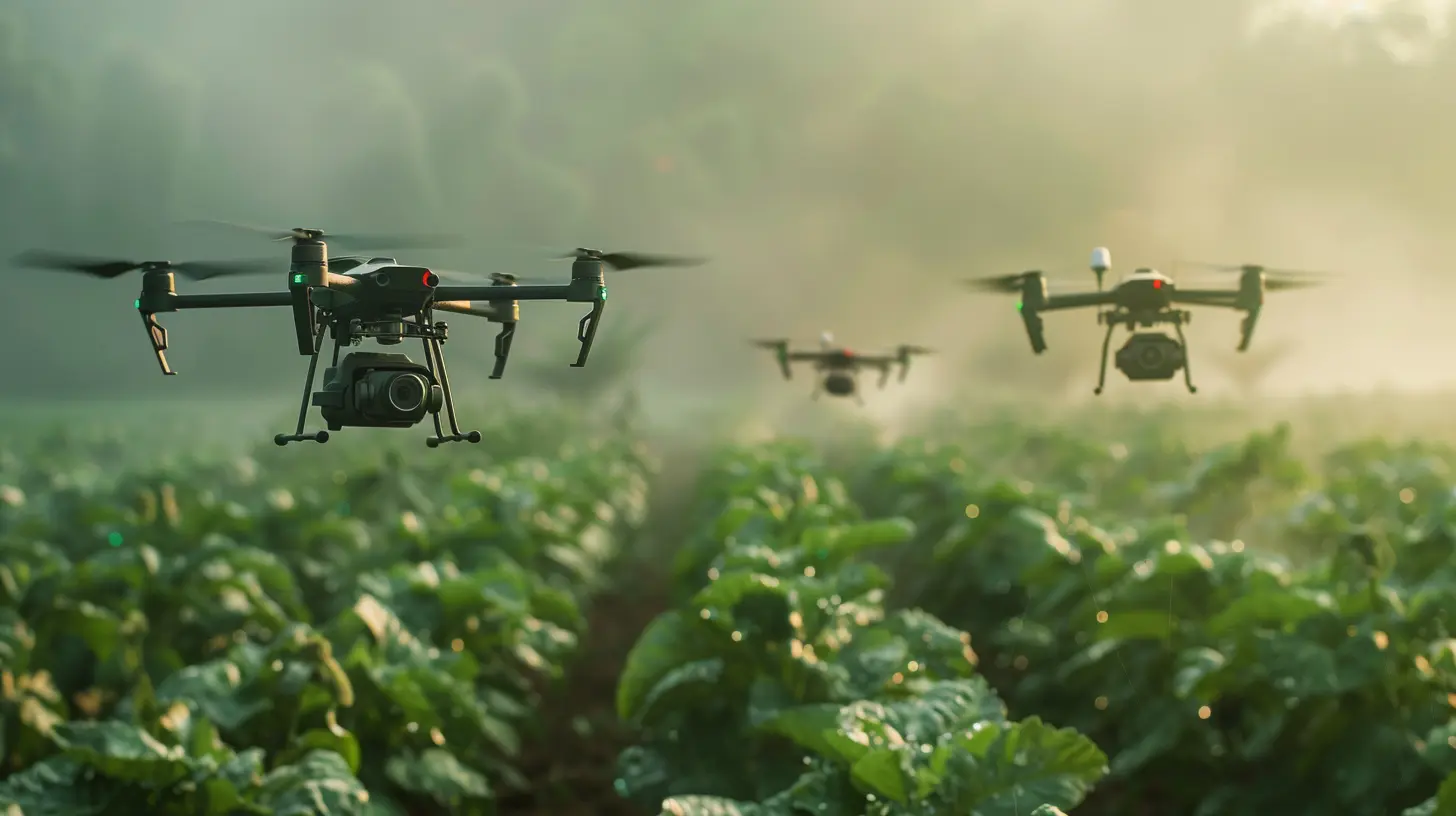
The Early Days: Traditional Farming Meets Technology
Let’s rewind a couple of decades.Farming used to be all about experience. Grandpa knew when to plant by looking at the sky or the feel of the soil. While that wisdom was gold, it wasn’t always accurate. Weather patterns started changing, pests got trickier, and food demand skyrocketed thanks to population booms.
Cue the need for smarter farming. In the 1990s and early 2000s, we saw the first wave of precision agriculture. Farmers started using GPS-guided tractors and software for crop planning. It was the stepping stone to something bigger.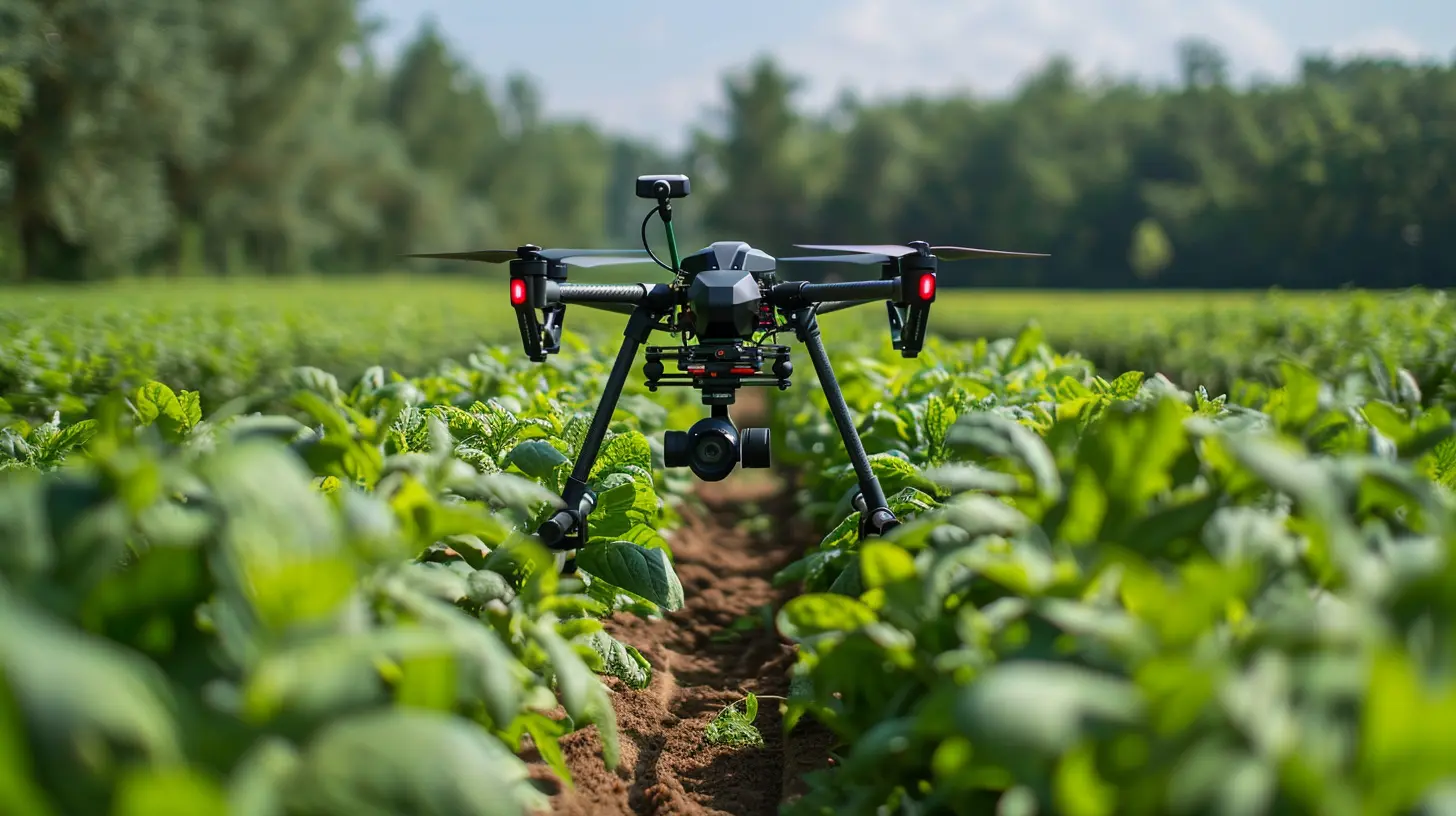
The Birth of IoT in Farming
Fast forward to the 2010s — the internet is everywhere, smartphones are in every pocket, and sensors are getting cheaper and smarter. That’s when IoT began to seriously take root in agriculture.At first, it was small stuff:
- Soil moisture sensors
- Weather stations
- Smart irrigation systems
But even these basics gave farmers priceless information in real time. No more guessing games. Instead of flooding fields ‘just in case’, they watered only when needed. That meant better crop yields, less water waste, and healthier plants.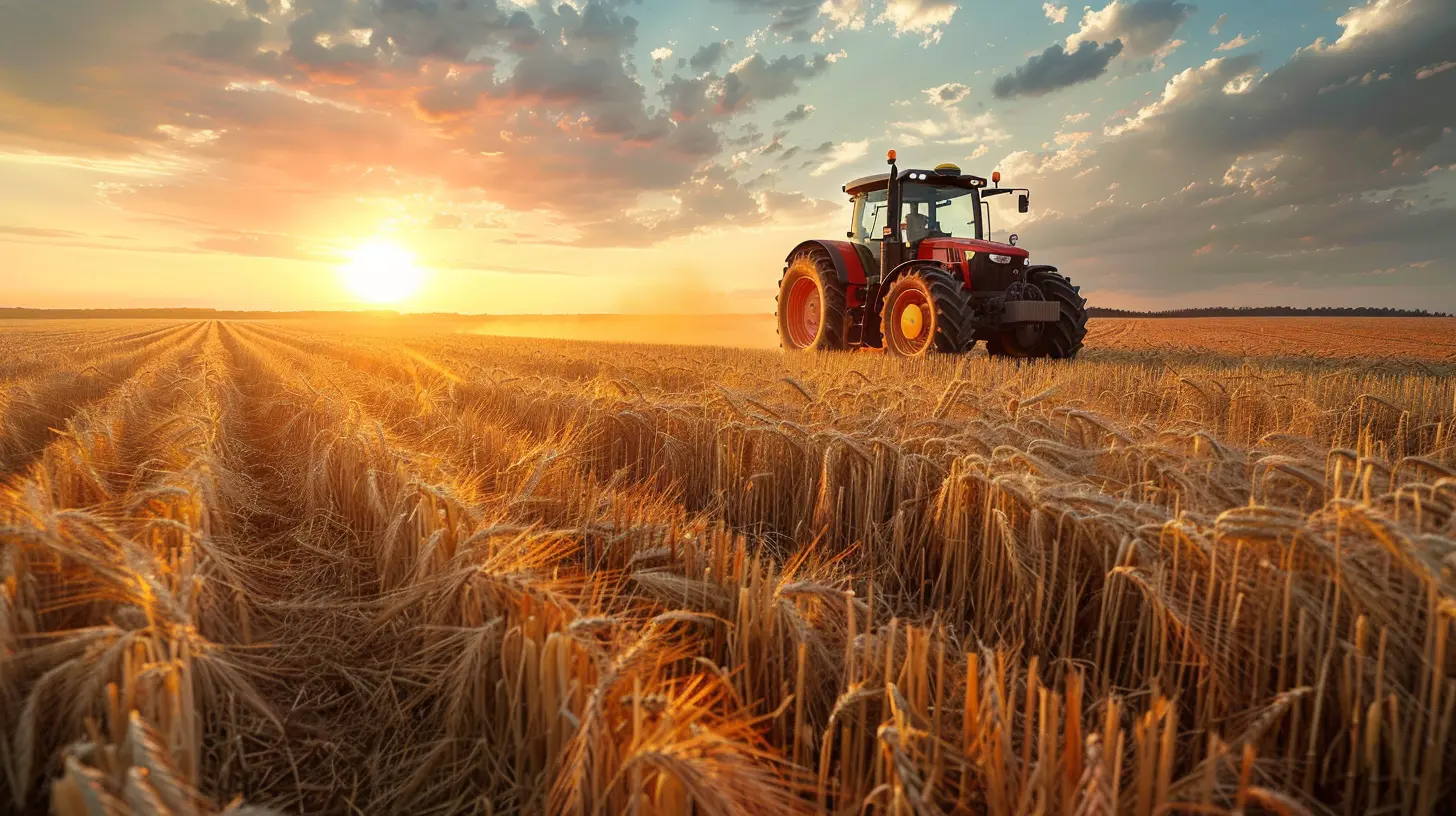
Core Components of IoT in Modern Agriculture
IoT in agriculture isn’t just one thing. It’s a network of tools working together. Let’s break it down:1. Sensors Galore
These little gadgets are the eyes and ears of the farm. You’ve got sensors for:- Soil moisture
- pH levels
- Nutrient content
- Air temperature and humidity
- Livestock movement
They collect nonstop data, 24/7.
2. Connectivity
Of course, all this data needs to go somewhere. That’s where WiFi, Bluetooth, cellular networks, and even satellites come in. In areas with limited internet, LoRaWAN (Long Range Wide Area Network) steps in like a hero.3. Data Analytics and Software
Now here’s the magic sauce. Once data is collected, it’s run through algorithms and analytics platforms. Think dashboards that tell you:- When to plant
- What to fertilize
- Which section of the field is underperforming
4. Automation and Machinery
Ever seen a tractor that drives itself or a drone zipping through a field spraying crops? That’s IoT working seamlessly with robotics. Even smart greenhouses adjust temperature and lighting automatically based on sensor input.Real-World Applications: IoT on the Ground
Let’s walk through some actual use cases. These aren’t theories — they’re happening right now on farms across the globe.Smart Irrigation Systems
Water is a precious resource. With smart irrigation, sensors detect when soil is dry and trigger watering systems automatically. It saves water, energy, and money.Farmers in California, for example, have cut water use by up to 30% just by switching to IoT-powered irrigation.
Livestock Monitoring
Wearable devices for cows? Absolutely.These gadgets track health, fertility, eating habits, and even detect early signs of illness. It's like a Fitbit — but for farm animals. If a cow isn't moving much, the system sends an alert.
Sick animals get attention faster, which keeps the whole herd healthier.
Precision Crop Management
Drones and satellites take images of fields. AI analyzes these images and combines them with sensor data to monitor crop health. This way, issues like pests or nutrient deficiencies are spotted early — before they become disasters.Farmers can then treat only the affected areas, reducing chemical use and costs.
Climate-Adaptive Farming
With climate change throwing curveballs, IoT helps farms adapt. Real-time weather data helps plan planting and harvesting schedules. Predictive analytics can even forecast frost or heatwaves — giving farmers time to act.Benefits That Go Beyond the Farm
It's not just farmers who win. IoT in agriculture benefits everyone in the food chain.For Consumers
- Better quality food- Safer produce (thanks to early detection of diseases or contamination)
- Stable prices due to efficient production
For the Environment
- Less water waste- Reduced chemical runoff
- Lower carbon emissions from smart machinery
For the Economy
- Higher yields mean more exports- Job creation in agri-tech sectors
- New markets and startups popping up like mushrooms after rain
Challenges Facing IoT in Agriculture
Okay, it’s not all sunshine and roses. There are still some bumps in the road.Connectivity Issues
Rural areas often struggle with spotty internet. No connection, no IoT magic.High Costs
Setting up an IoT system can be expensive. Sensors, networks, maintenance — it adds up, especially for small-scale farmers.Data Security
All that juicy data needs protection. Hackers hitting farm networks? It’s happened. Cybersecurity is now as important as soil quality.Learning Curve
Farmers need to learn how to use these new tools. For some, it’s a big shift from traditional methods.The Future of IoT in Agriculture: What’s Next?
Looking ahead, things get even cooler.AI + IoT = Smart Farming 2.0
Artificial Intelligence will take IoT data and make smarter decisions — even beyond the farmer’s input. Imagine systems that not only report problems but solve them automatically.Blockchain Integration
Blockchain can track every step of food production, from seed to supermarket. Combine that with IoT sensors, and you've got full transparency on where your apple came from and how it was grown.Vertical Farming & Smart Greenhouses
Cities are embracing vertical farms — and IoT is the brain behind them. With precision control over temperature, light, and water, crops grow faster and better indoors, without using an inch of soil.The Bottom Line
The evolution of the Internet of Things in agriculture is nothing short of revolutionary. What started as a few sensors in the soil has turned into a full-blown network of smart devices, farming equipment, and analytics platforms working in harmony.Farmers are no longer just growing crops — they’re managing data ecosystems. And while challenges exist, the momentum is unstoppable.
IoT isn’t just changing how we farm — it’s changing how we feed the planet. And that affects all of us.
So next time you bite into a juicy strawberry or enjoy a bowl of rice, remember: a tiny sensor might have helped grow that.
all images in this post were generated using AI tools
Category:
Emerging TechnologiesAuthor:

Kira Sanders
Discussion
rate this article
1 comments
Diana Bailey
This article beautifully captures how IoT is revolutionizing agriculture, fostering sustainability and efficiency for future generations.
August 25, 2025 at 4:55 AM

Kira Sanders
Thank you! I'm glad you found the article insightful on IoT's impact on agriculture and sustainability.
